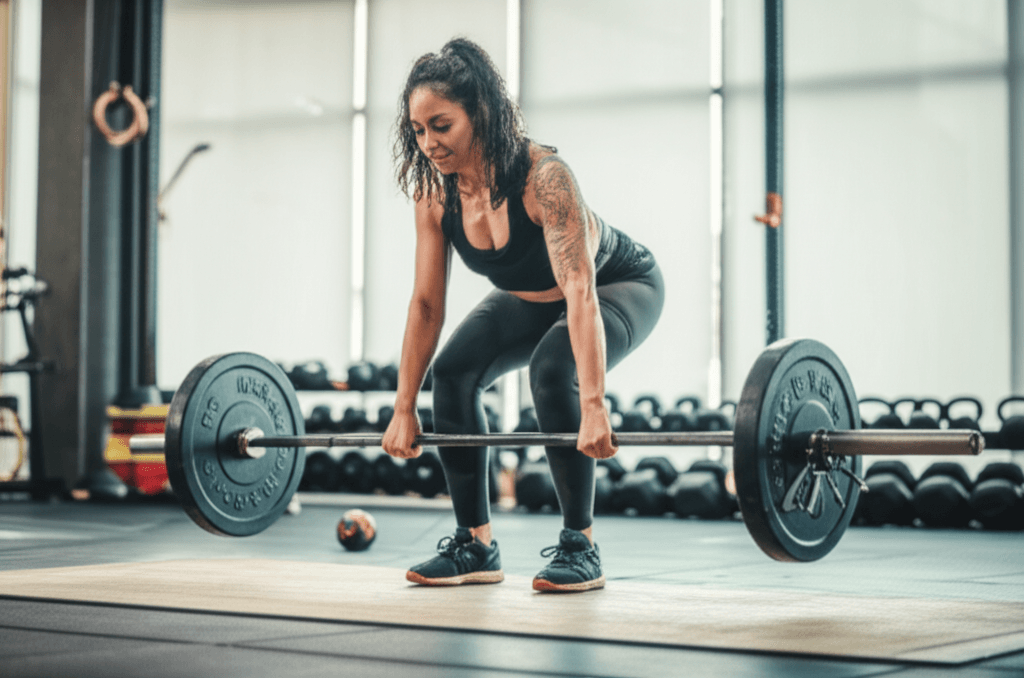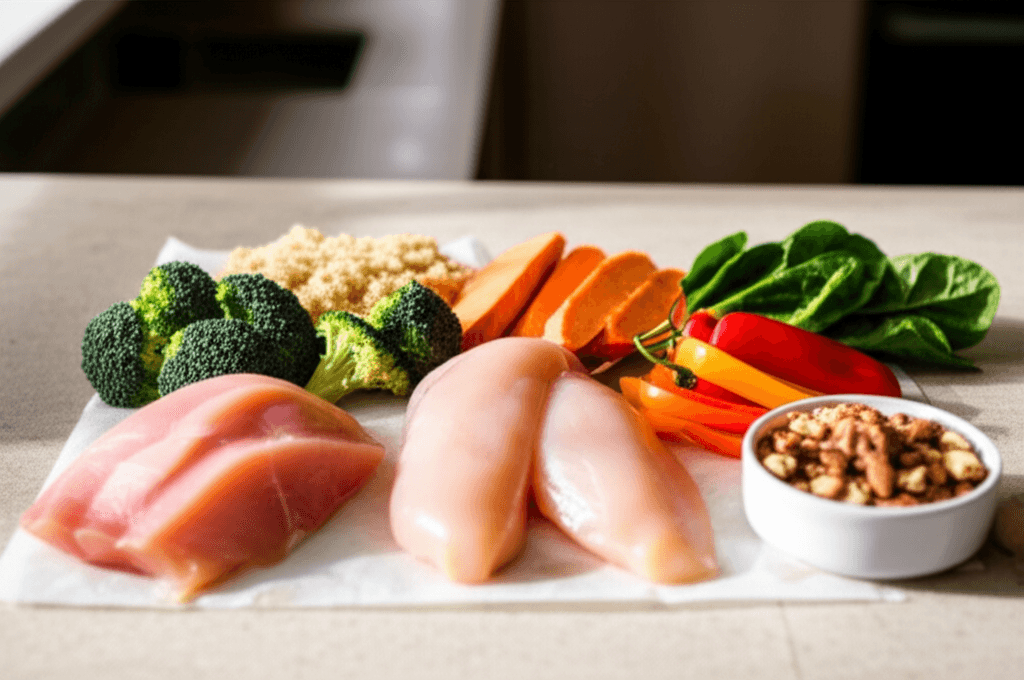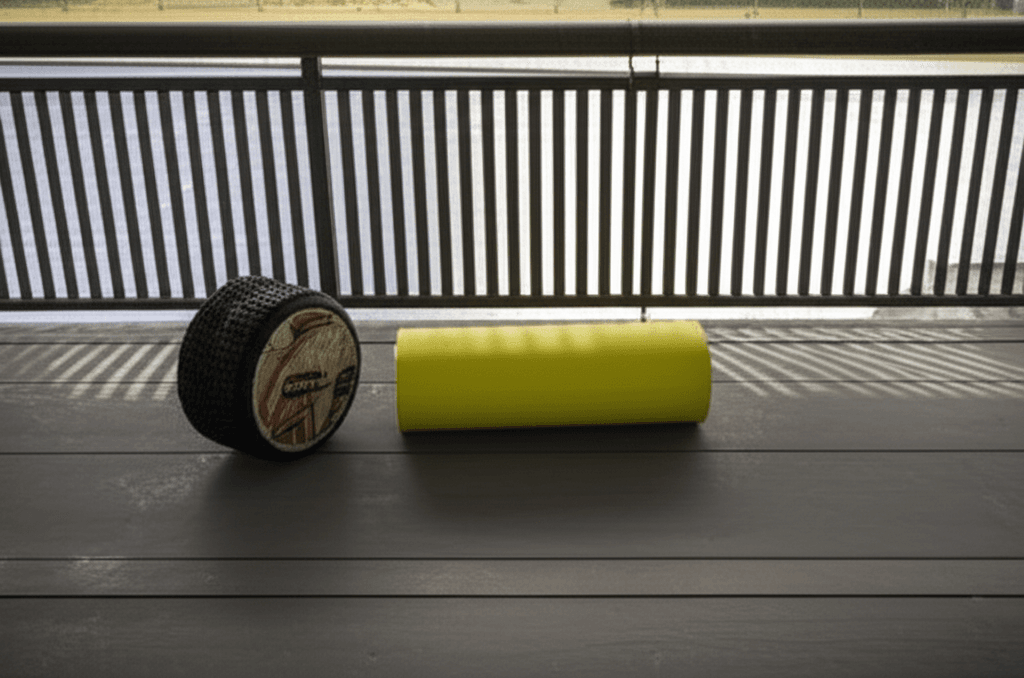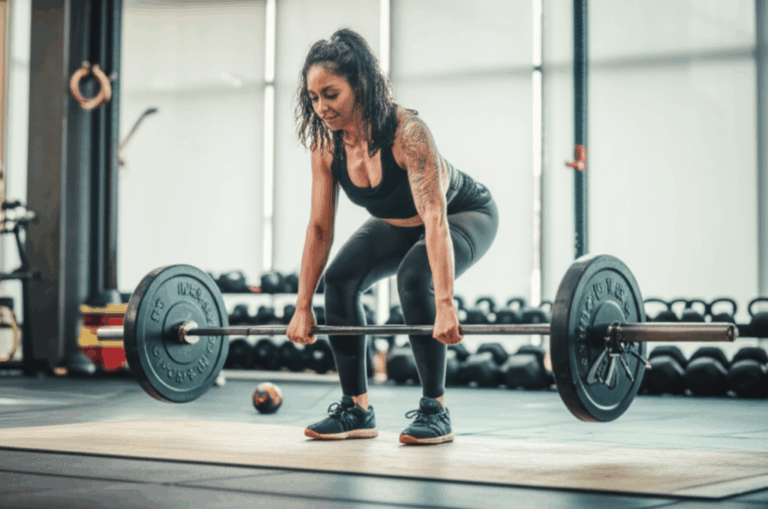Forget the outdated myth that lifting weights will make women “bulky.” In reality, building lean muscle is a powerful pathway to a stronger, healthier, and more confident you. Women naturally have significantly lower levels of testosterone than men, making it challenging to gain large amounts of muscle mass. Instead, strength training helps women achieve a toned appearance, boosts metabolism, enhances bone density, and supports overall well-being. This guide will equip you with the knowledge to optimize your nutrition, training, and recovery for effective lean muscle development.

Debunking Common Myths About Women and Weightlifting
Before diving into the specifics, let’s address some persistent misconceptions that often deter women from embracing strength training:
Myth #1: Lifting Weights Makes Women Bulky
This is perhaps the most prevalent myth. Women naturally produce significantly less testosterone than men (10-20 times less), the primary hormone responsible for substantial muscle growth. Therefore, achieving a “bulky” physique without specific pharmaceutical intervention is highly unlikely. Instead, weight training helps reduce body fat and increase lean muscle, leading to a leaner, more sculpted look.
Myth #2: You Should Only Use Light Weights with Lots of Reps to “Tone”
While light weights can be a starting point, to truly build muscle and see definition, challenging your muscles with heavier weights is necessary. The principle of progressive overload, which involves gradually increasing the demands placed on your muscles, applies to everyone, regardless of gender.
Myth #3: Cardio is the Only Way to Lose Weight
While cardio is beneficial for cardiovascular health and calorie expenditure, solely relying on it can lead to muscle loss, resulting in a “skinny fat” appearance. Strength training, on the other hand, builds muscle, which is metabolically active and burns more calories even at rest, aiding in weight management and fat loss.

Fueling for Lean Muscle: Smart Nutrition Strategies
Nutrition is a cornerstone of muscle growth, providing the raw materials and energy your body needs to adapt and strengthen.
Prioritizing Protein for Muscle Repair and Growth
Protein is paramount for muscle repair and synthesis. Aim for 1.4-2.2 grams of protein per kilogram of body weight daily to build muscle. For a 140-pound woman (approximately 63.6 kg), this translates to roughly 89-140 grams of protein per day. Distribute your protein intake evenly throughout the day, aiming for 20-40 grams per meal.
Excellent protein sources include:
- Lean meats (chicken, beef)
- Fish (salmon, white fish, tuna)
- Eggs
- Dairy (Greek yogurt, milk)
- Plant-based options (lentils, tofu, beans, nuts, seeds, soy protein)
- Whey protein supplements can also be beneficial, especially post-workout.
The Role of Carbohydrates: Fueling Performance and Recovery
Carbohydrates are the body’s primary energy source, crucial for fueling intense workouts and replenishing muscle glycogen stores after exercise. Without adequate carbohydrates, your body may struggle to maintain energy levels during workouts and may even break down muscle protein for fuel.
- Complex Carbs: Opt for complex carbohydrates like whole grains (brown rice, quinoa, oats), starchy vegetables (sweet potatoes, potatoes), legumes, and fruits. These provide sustained energy and fiber.
- Post-Workout Carbs: Simple carbohydrates, such as fruits, can be beneficial immediately after a workout to quickly replenish glycogen stores. A ratio of 2 grams of carbohydrate to 1 gram of protein is often recommended after strength workouts.
For active women aiming to build muscle, a daily intake of 5-7 grams of carbs per kilogram of body weight is recommended.
Healthy Fats: Hormonal Balance and Overall Health
Healthy fats are vital for hormonal balance, nutrient absorption, and overall well-being. They also provide a concentrated source of energy. Essential fatty acids, like omega-3s and omega-6s, are building blocks for hormones and can help regulate the menstrual cycle and reduce PMS symptoms.
Include sources such as:
- Avocados
- Olive oil
- Nuts and seeds (almonds, walnuts, flaxseeds, chia seeds)
- Fatty fish (salmon)
- Eggs
- Coconut oil (in moderation)
A general guideline for macros for muscle gain in women is often around 30-35% protein, 40-50% carbohydrates, and 20-30% fat, though this can vary.

Training for Lean Muscle: Smart Strategies for Growth
Effective training for lean muscle in women focuses on challenging the muscles progressively and consistently.
The Power of Progressive Overload
Progressive overload is the fundamental principle for building muscle. It means gradually increasing the demands placed on your muscles over time to force them to adapt and grow stronger.
Ways to implement progressive overload:
- Increasing weight or resistance: The most common method.
- Adding more repetitions or sets: Increasing the total volume of work.
- Reducing rest periods: Increasing the intensity of the workout.
- Incorporating more challenging exercises: Progressing to more complex variations.
- Increasing time under tension: Slowing down the movement to keep muscles engaged longer.
Consistency is key, and it’s acceptable to maintain current intensity on weeks when hormonal changes make progression challenging, aiming for it the following week.
Essential Strength Training Exercises for Women
Focus on compound movements that work multiple muscle groups simultaneously for efficient and effective muscle building.
Key exercises include:
- Squats: Targets glutes, quads, hamstrings, and core.
- Deadlifts: A powerful full-body exercise working glutes, hamstrings, back, and core.
- Lunges: Engages glutes, quads, hamstrings, and calves, improving balance.
- Push-ups: Excellent for chest, shoulders, triceps, and core.
- Dumbbell Rows: Strengthens back, biceps, and shoulders.
- Bench Press: Works chest, shoulders, and triceps.
Aim for 2-3 strength training sessions per week, with one full day of rest between working the same muscle group. A single set of 12-15 repetitions to fatigue can be effective for muscle building.

Optimizing Recovery: The Unsung Hero of Muscle Growth
Muscle growth doesn’t happen during the workout; it happens during recovery. Adequate rest and recovery are crucial for muscle repair, growth, and preventing burnout.
The Impact of Hormones on Recovery
Women’s bodies experience hormonal fluctuations throughout the menstrual cycle, which can influence energy levels, muscle recovery, and performance.
- Estrogen: Plays a role in preserving muscle mass, influencing muscle protein synthesis, and reducing muscle damage and inflammation. Its decline during menopause can contribute to decreased muscle mass.
- Progesterone: Levels rise in the luteal phase (after ovulation), potentially impacting energy levels and recovery.
- Testosterone: While lower in women, it still contributes to muscle protein synthesis.
- Cortisol: Elevated stress hormone levels can interfere with muscle repair.
Being mindful of these cyclical changes and adjusting workout intensity or focusing on recovery during certain phases can optimize results.
Key Recovery Strategies
- Quality Sleep: Aim for 7-9 hours of quality sleep per night. This is when growth hormone peaks and muscle repair is optimized.
- Nutrient-Dense Post-Workout Meals: Consume a combination of protein and carbohydrates after workouts to support muscle repair and replenish glycogen stores.
- Active Recovery: Incorporate light activities like walking, yoga, or gentle stretching on rest days to promote blood flow and alleviate soreness. Foam rolling and massage can also aid in recovery and prevent injury.
- Hydration: Drink plenty of water throughout the day, especially after workouts, to transport nutrients, prevent cramping, and aid in overall recovery.
- Stress Management: Prioritizing stress reduction techniques can help maintain hormonal balance, which is crucial for muscle repair and preventing fat retention.
By strategically fueling, training, and prioritizing recovery, women can effectively build lean muscle mass, enhance their strength, boost their metabolism, and achieve a healthier, more resilient physique at any age.







